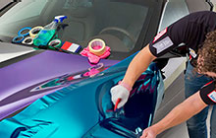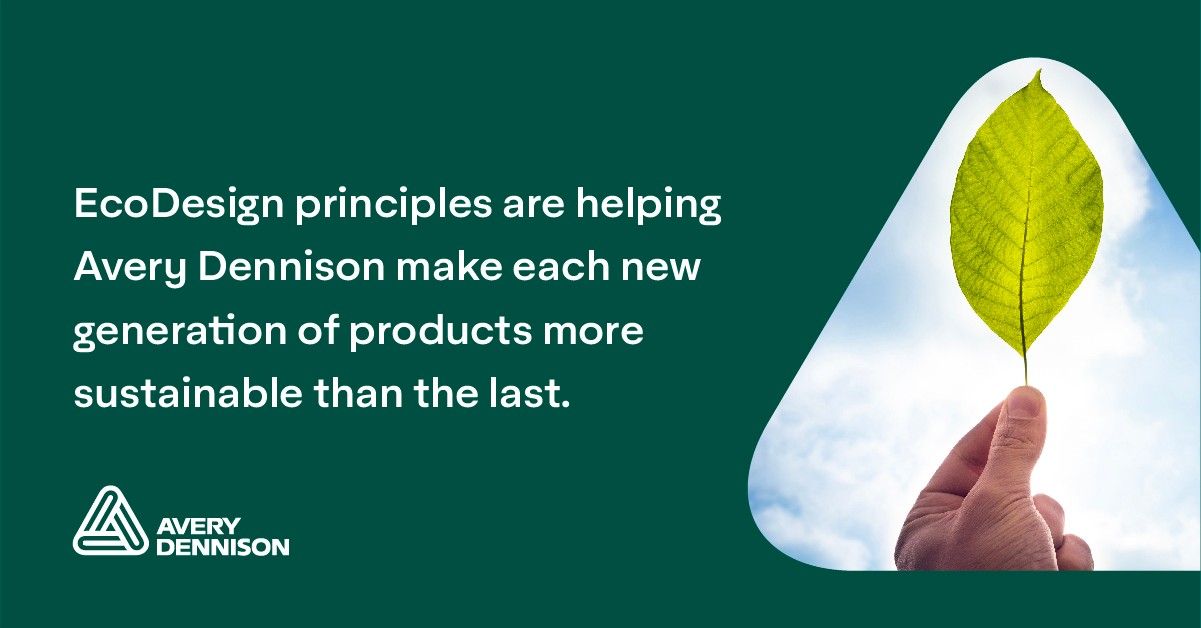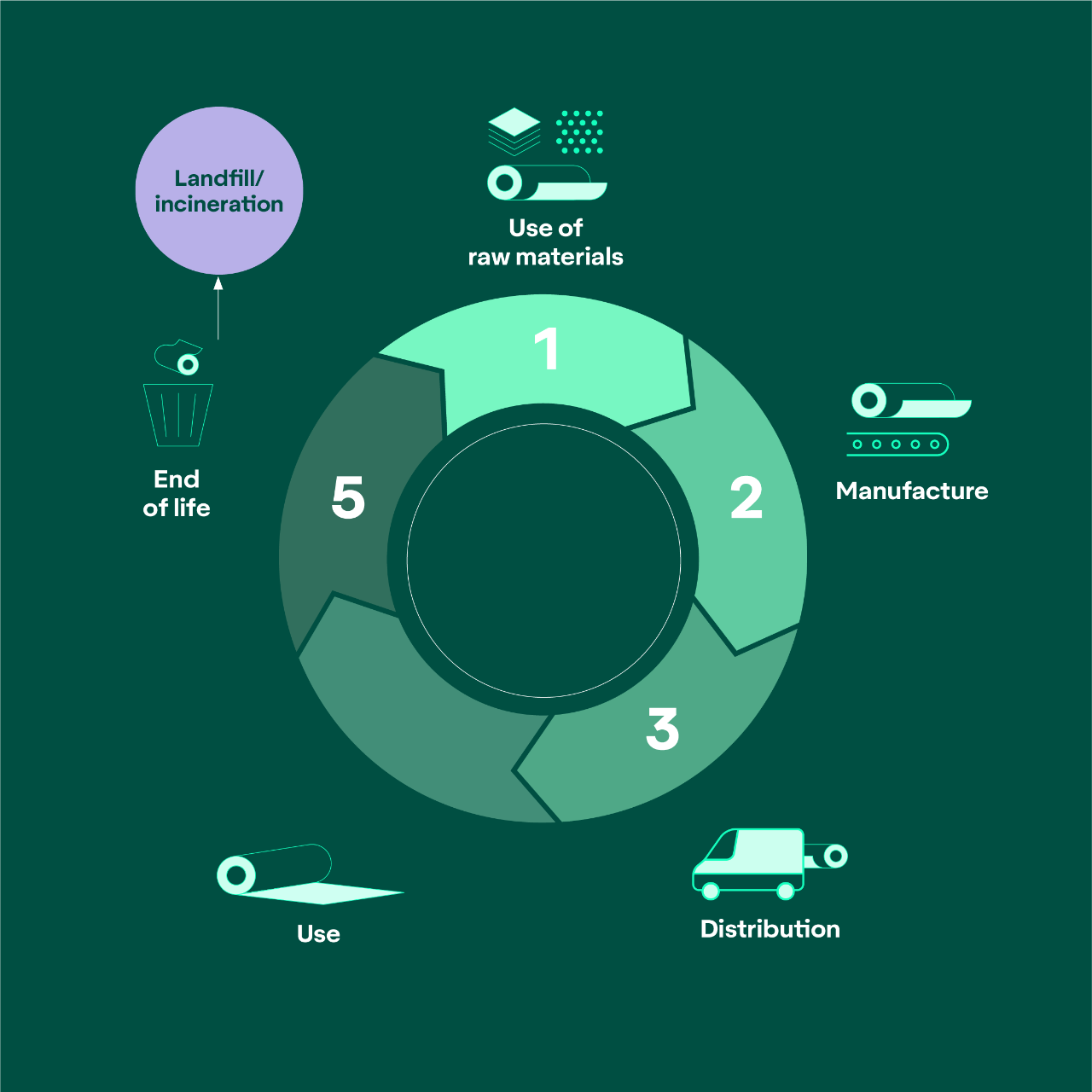A solution for every need and product
Sourcing responsibly is an important aspect of EcoDesign. It ensures that we carefully choose raw materials used in the design of our products that are reducing or removing toxins and VOCs, and increasing the use of renewable raw materials. Three examples are:
PVC-free products such as MPI 1405 & DOL 6460, which contain no chlorine, phthalates and other halogens and reduce emissions of volatile organic compounds (VOCs)
The new Organoid Natural Surfaces materials made from renewable sources
MPI 8520 Wall Paper, made using Forest Stewardship Council® (FSC®) certified paper
The impact of a product during its use phase is also taken into consideration within the EcoDesign methodology. A key example is our Architectural Solar Window Films designed to block UV and IR light. By reducing heat build up within a room, the workload on air conditioning systems is significantly reduced and in turn decreases energy consumption.
By incorporating the EcoDesign methodology within our innovation processes, we are considering our choices for each of the different aspects within the life cycle assessment and sustainability hierarchy and we ensure that we are designing our products in a more sustainable way for the future.
We are committed to developing environmentally friendly products, and the percentage of our dedicated sustainability projects increases year on year. To find out more information on our commitment to Sustainability, you can visit our website and check out our sustainability brochure.




